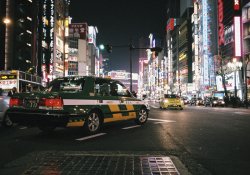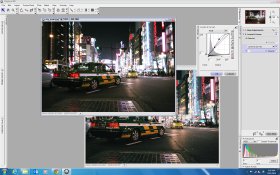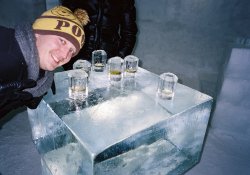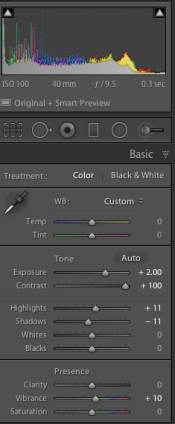

The first image was scanned by my lab and the second one is a result of Vuescan and ColorPerfect.
I locked the film base color after reading it from the film leader then scanned the film raw, with no adjustments in VueScan and converted the tif to positive in ColorPerfect using it's profile for Natura1600 film. It was considerably darker, so I added a stop of exposure in Ps. But still, my scan is nowhere close to being as vivid as the labscan.
Am I doing something majorly wrong here?
Thanks!







